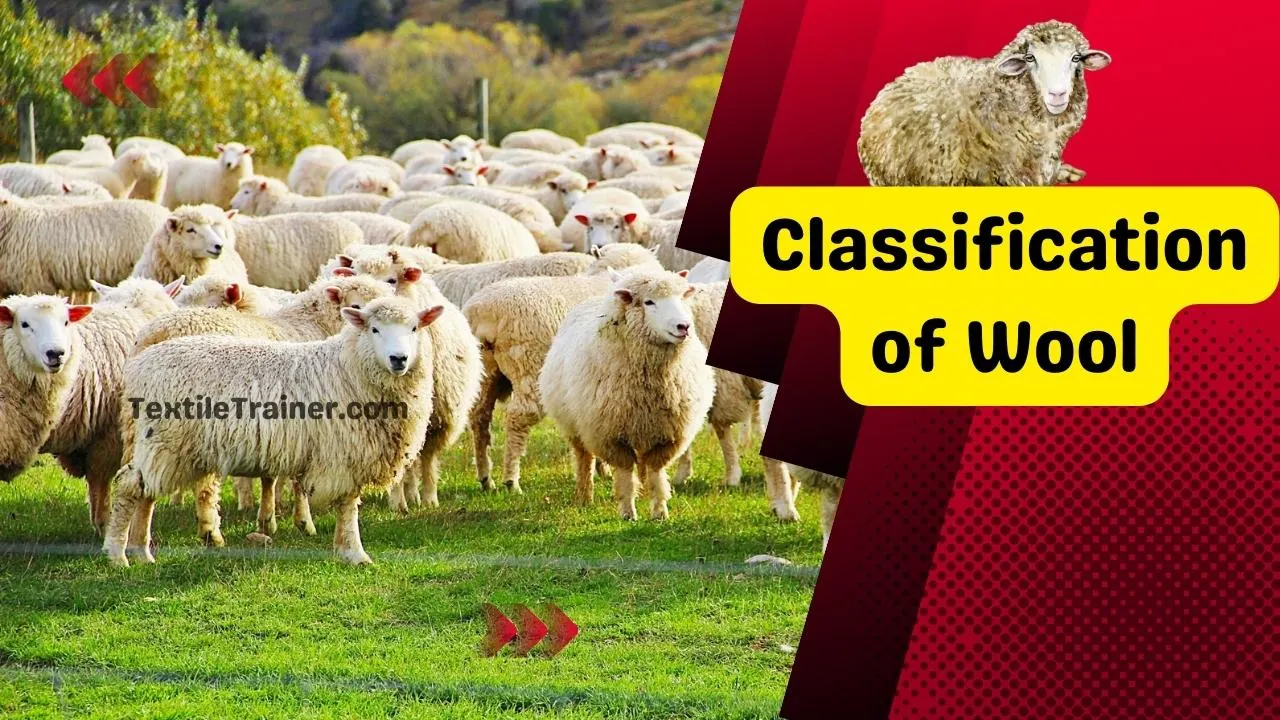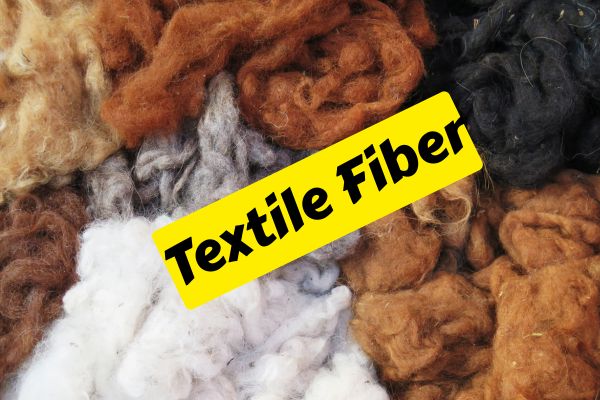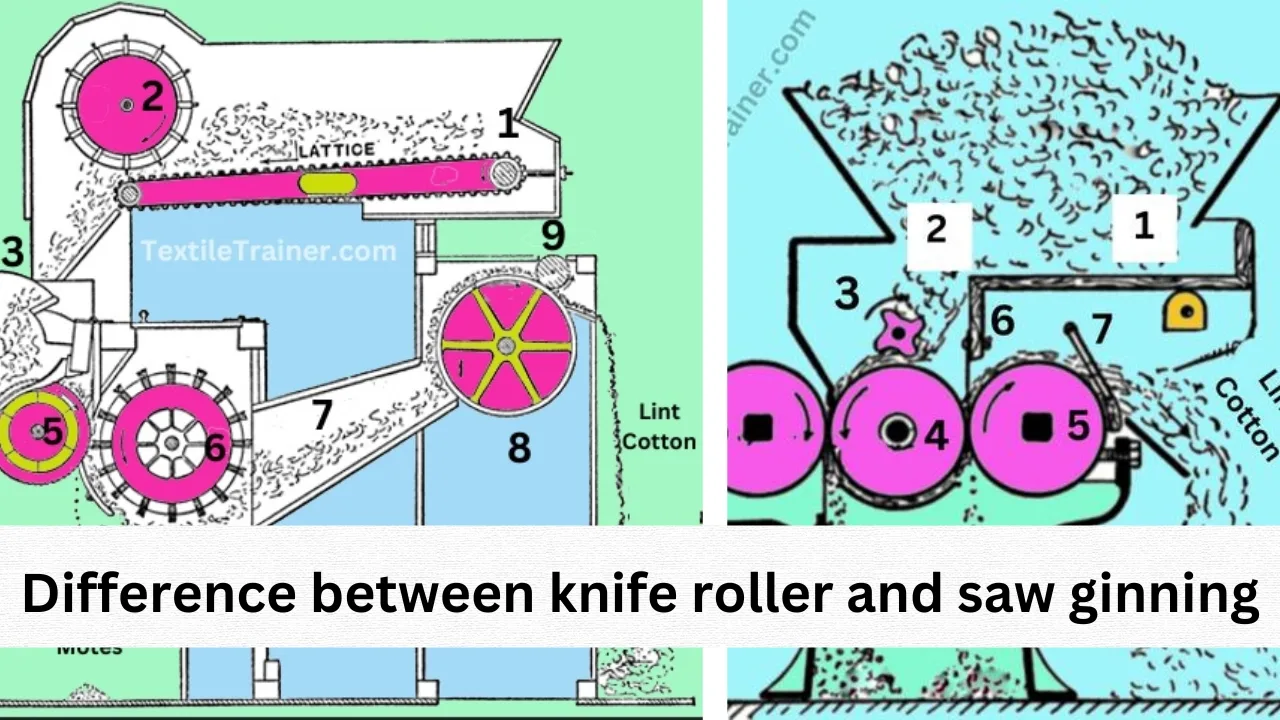Extraordinary 15 Features of Jute Fiber with End Use
Introduction
There are many Features of Jute Fiber. Natural fiber jute, often called golden fiber, has exceptional properties and versatility. A sustainable and eco-friendly alternative to synthetic materials, jute has a rich history dating back centuries. Various industries have sought out jute fiber for its extraordinary features of jute fiber, from its cultivation to its end uses. Jute fiber has incredible strength, making it ideal for applications that require durability and resilience. In addition to its strength, jute fiber possesses excellent breathability and moisture absorption properties, which make it suitable for applications requiring durability and resilience. The natural ability of jute to regulate moisture levels makes it ideal for textiles and packaging materials.
Besides ensuring comfort and preventing moisture or odor build-up, jute fabric is biodegradable and eco-friendly. Jute fiber decomposes easily without leaving harmful residues or contributing to pollution. A sustainable and eco-conscious industry will find jute fiber to be an attractive choice because of its incredibly diverse end uses. Its natural luster and aesthetic appeal have traditionally been used in textiles, including apparel, home furnishings, and rugs. Due to its strength and biodegradability, jute is also widely used as a packaging material. Furthermore, jute fiber offers applications in construction, automotive, and agriculture through its use as composite materials, reinforcing plastics, and geotextiles.
We will explore the remarkable qualities of jute fiber in this article, including its strength, breathability, and environmental friendliness. Jute fiber has many end uses, demonstrating its value to sustainable industries and innovation potential. Considering the amazing qualities of jute fiber and its versatile applications, we can appreciate its significance as a renewable resource and its positive impacts on various industries.

Features of Jute Fiber
There are some special properties of jute fiber that makes it different from other natural fibers and makes it a more valuable fiber than other natural fibers. Below are some of the extraordinary features of jute fiber.
- Jute is a natural fiber, which is 100% biodegradable, recyclable, and thus environmentally friendly.
- It is a natural fiber with a golden shine and silky texture, so it is called the golden fiber as a result of its golden color.
- This fiber is considered the cheapest of all vegetable fibers derived from the skin or bast of the plant’s stem. Since it is derived from the bast of the plant, it has also been called ‘bast fiber’.
- Undoubtedly, it is one of the most important vegetable fibers in terms of usage, global consumption, production, and availability after cotton.
- In terms of durability, jute is made of a fiber with high tensile strength, low extensibility, and a high degree of breathability, making it very suitable for bulk packaging of agricultural commodities.
- This is one of the most versatile natural fibers used as a raw material for the packaging industry, the textile industry, the non-textile industry, the construction industry, and the agricultural industry. It is a natural fiber that helps make the best quality industrial yarn, fabric, net, and sacks; it is one of the most versatile.
- Moreover, jute can be blended with natural and synthetic fibers and dyed with cellulosic dye classes such as natural, basic, vat, sulfur, reactive, and pigment dyes. Additionally, jute can be dyed with wool. The crimp, softness, pliability, and appearance of jute are improved by treating it with caustic soda. This aids in its ability to be spun with wool. The use of liquid ammonia on jute also enhances its flame resistance when treated with flame-proofing agents.
- Jute is now not just a textile fiber, but is also a raw material for non-textile products, which protect the environment, which is an integral part of any development plan.
- Regarding thermal and sound insulation, jute fiber exhibits excellent properties that contribute to maintaining a comfortable and energy-efficient environment.
- A natural feature of jute fiber is its resistance to static discharge. This feature can be especially useful in applications such as packaging materials and textiles used in sensitive electronic environments.
- Jute plants absorb a large amount of carbon dioxide (CO2) during their growth phase, which reduces carbon footprints and mitigates climate change by sequestering CO2 from the atmosphere.
- A jute-based product is hygienic and suitable for applications where microbial growth needs to be controlled, like healthcare textiles or food packaging, since jute fiber has inherent natural properties that make it resistant to bacteria and fungi.
- The natural golden color and earthy texture of jute make it a unique material with an earthy texture. It imparts warmth and character to textiles and home furnishings. Jute is favored by those seeking an eco-friendly and natural aesthetic because of its natural luster and organic appearance.
- A jute fabric’s breathability enables it to circulate air properly, which makes it ideal for apparel and home furnishings, preventing moisture or odor accumulation and ensuring comfort. Additionally, jute fiber is extremely moisture-absorbent, effectively regulating humidity levels.
- Despite its lightweight nature, jute fiber exhibits impressive tensile strength, making it remarkably durable and suitable for various applications.
End Use of Jute Fiber
It is well known that jute fiber is one of the most eco-friendly and versatile fiber types available today. Its versatility and natural environmental friendliness make it an ideal choice for numerous applications across a wide range of industries. Here are some of the most prominent end use of jute fiber:
- Textiles and Apparel: Clothing, fashion accessories, home textiles, and upholstery are all made from jute fiber, which is widely used in the textile industry. Fashion and interior design benefit from a blend of natural aesthetics, breathability, and durability that is offered by jute-based textiles.
- Packaging Materials: Because of its strength and biodegradability, jute fiber is ideal for packaging. Agricultural produce, such as grains, coffee beans, and vegetables, is commonly stored and transported in jute sacks, bags, and containers. As a result of its robustness, goods are protected, and its eco-friendliness allows for sustainable packaging practices.
- Geo-Textiles and Erosion Control: Geotextiles made from jute fiber have been used to control erosion on slopes, stabilize embankments, and protect riverbanks due to its resistance to soil erosion. In landscaping and environmental restoration projects, they are essential because they prevent soil erosion and promote vegetation growth.
- Composite Materials: Composite materials can be formed by combining jute fiber with resin or plastic. These composites are used in a variety of industries, including aerospace, automotive, and construction. Providing a lightweight and eco-friendly alternative, jute composites contribute to the development of sustainable and high-performance materials.
- Handicrafts and Decorative Items: Its natural charm and versatility make it a preferred material for handicrafts and decorative items. The aesthetic appeal and artisanal craftsmanship associated with this versatile fiber can be seen in jute crafts, which range from wall hangings and baskets to lampshades and fashion accessories.
- Construction Materials: The construction industry uses jute fiber for a variety of purposes. It is used for producing insulation materials, such as jute insulation panels or boards, which provide thermal and acoustic insulation for buildings. Composite materials like walls, ceilings, and partitions are also reinforced with jute fiber.
- Industrial Application: Among the many uses of jute fiber are filtration, as jute bags can effectively separate liquids from solids. Industrial textiles made from jute fiber include geotextiles, tarpaulins, and industrial sacks for packaging heavy items. Jute fiber is also used in erosion control, tarpaulins, and industrial sacks.
- Paper bag and stationary: Jute fiber is used to make eco-friendly paper bags, envelopes, and other stationery. Jute-based paper products offer an environmentally conscious alternative to single-use plastic bags.
- Agricultural and Horticultural Products: Agriculture and horticulture use jute fiber for many purposes. Jute mats or mulch are commonly used to suppress weeds, retain moisture, and protect soil. In agricultural practices, jute twine or netting is used to trellise plants and support crops.
- Upholstery and furniture: There is no doubt that Jute fiber’s durability and texture make it an ideal fabric for upholstery and furniture uses. Textiles made of jute fiber are used for covering sofas, chairs, and cushions, adding a natural and earthy element to furniture design.
Additionally, jute fiber has an extensive range of applications across many different industries, demonstrating its wide applicability. In addition to its unique combination of strength, eco-friendliness, and natural aesthetics, jute fiber is an extremely versatile material that continues to find innovative applications across a wide range of industries due to its unique combination of properties.
Conclusion
A variety of industries can benefit from the versatility, sustainability, and immense value of jute fiber because of its extraordinary features and end uses. In addition to textiles and packaging, jute fiber has made its mark on the market in construction and automotive applications as well. With its natural strength, breathability, and durability, it is an excellent choice for robust and long-lasting products. If you have any questions about this article, please let me know.
Reference
- Dr. Hosne Ara Begum, P. D. (n.d.). Natural fibers. Dhaka: Hafiz book center.
- Hossain, M. S. (2014). Introduction to Textile Engineering. Dhaka: Books Fair Publications.
- Handbook of Textile Fibers, Vol II, JG Cook, 5th Ed, Woodhead, UK, 2009.
- Physical Properties of Textile Fibres (4th Edition) By Morton &Hearle



